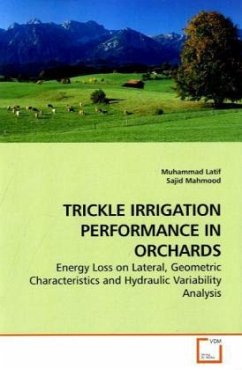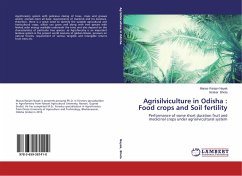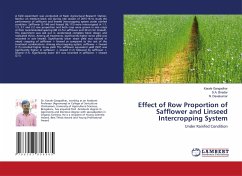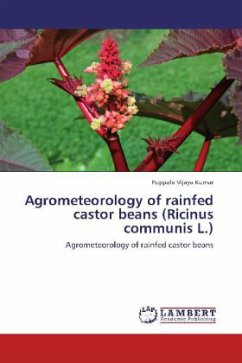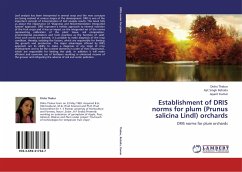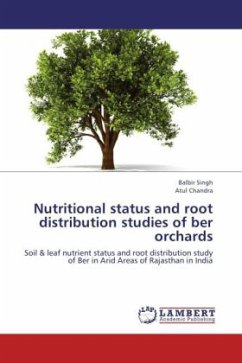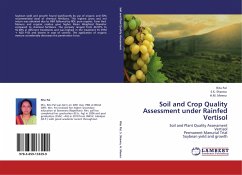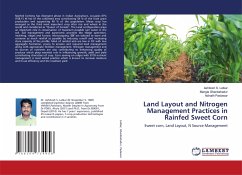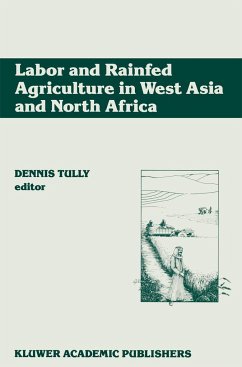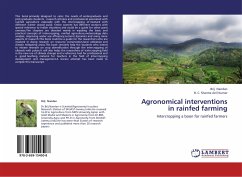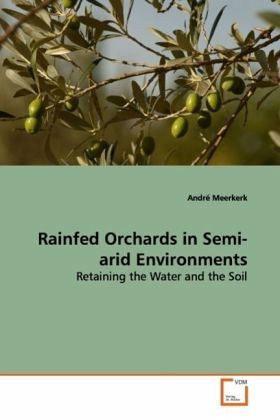
Rainfed Orchards in Semi-arid Environments
Retaining the Water and the Soil
Versandkostenfrei!
Versandfertig in 6-10 Tagen
45,99 €
inkl. MwSt.

PAYBACK Punkte
23 °P sammeln!
The spatial distribution and properties of rainfedorchards in semi-arid environments result fromcomplex interactions between man and the physical andeconomical environment. It is shown how the practiceof clean sweeping (i.e. frequent shallow tillage)influences the orchard water balance and how theremoval of traditional soil and water conservationstructures affects the connectivity of overland flowto the river system. Clean sweeping constrains theroot growth in the plough layer, so that the treescannot access the water from small rain events. Itappears that the practice of clean sweeping limits...
The spatial distribution and properties of rainfed
orchards in semi-arid environments result from
complex interactions between man and the physical and
economical environment. It is shown how the practice
of clean sweeping (i.e. frequent shallow tillage)
influences the orchard water balance and how the
removal of traditional soil and water conservation
structures affects the connectivity of overland flow
to the river system. Clean sweeping constrains the
root growth in the plough layer, so that the trees
cannot access the water from small rain events. It
appears that the practice of clean sweeping limits
the water availability in orchards on loamy soils
with an annual rainfall in the order of 300 mm. The
observed decline in conservation structures like
terraces and check-dams leads to an increase in the
connectivity of water and sediment to the river
system. An alternative for these traditional
techniques to retain the water and the soil is the
application of cover crops. Field evidence and water
balance simulations suggest that cover crops are
feasible in areas with an annual precipitation of 500
mm or more.
orchards in semi-arid environments result from
complex interactions between man and the physical and
economical environment. It is shown how the practice
of clean sweeping (i.e. frequent shallow tillage)
influences the orchard water balance and how the
removal of traditional soil and water conservation
structures affects the connectivity of overland flow
to the river system. Clean sweeping constrains the
root growth in the plough layer, so that the trees
cannot access the water from small rain events. It
appears that the practice of clean sweeping limits
the water availability in orchards on loamy soils
with an annual rainfall in the order of 300 mm. The
observed decline in conservation structures like
terraces and check-dams leads to an increase in the
connectivity of water and sediment to the river
system. An alternative for these traditional
techniques to retain the water and the soil is the
application of cover crops. Field evidence and water
balance simulations suggest that cover crops are
feasible in areas with an annual precipitation of 500
mm or more.



